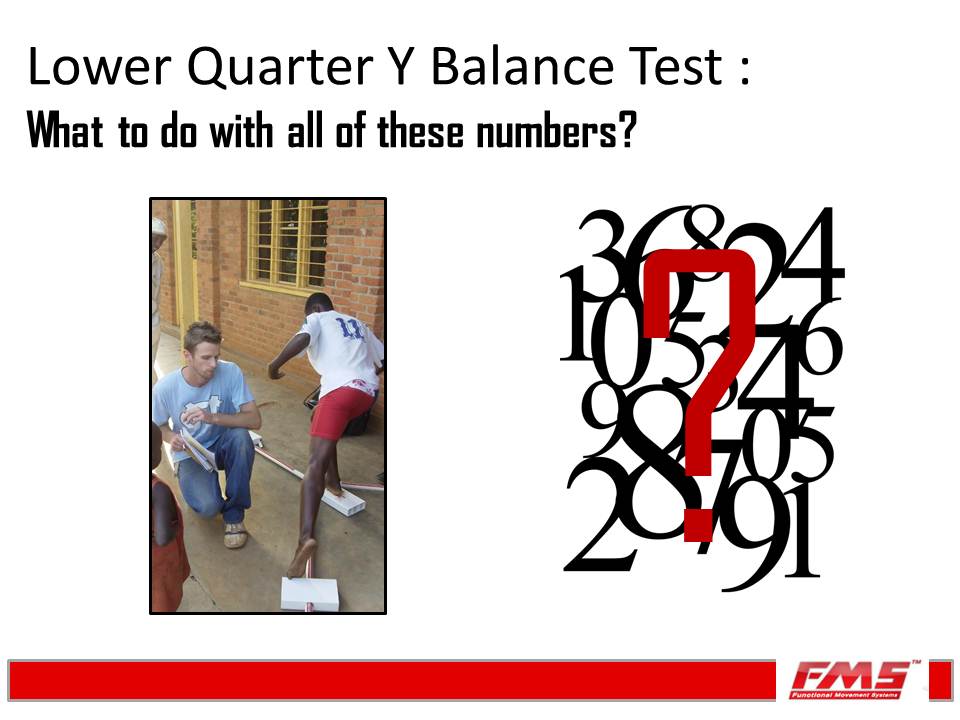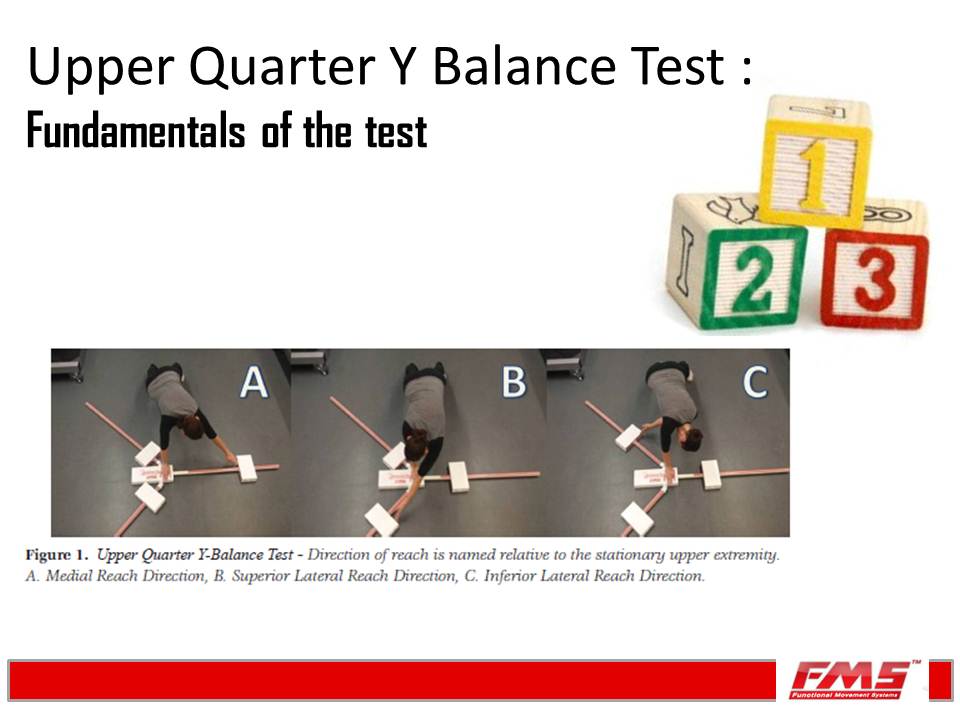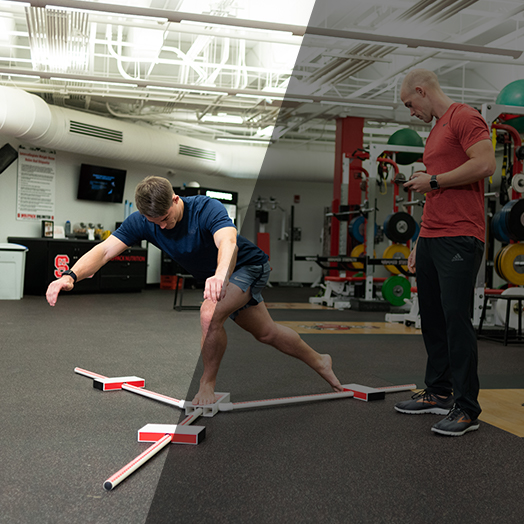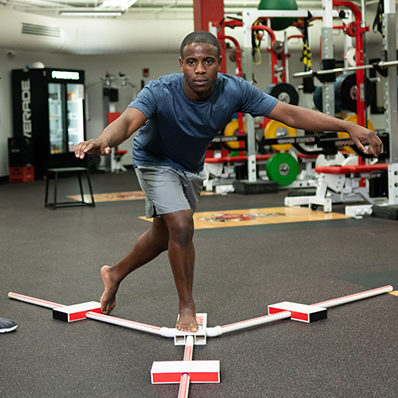Let the YBT Do the Work For You
Written by Phil Plisky YBT
I went for a run this morning. Well, let’s be honest, it was a jog. I used to hate running. The only reason I ran was because it was the most efficient way to keep in shape. I begrudgingly persuaded myself to run every single time until I discovered heart rate training.
The technique (Maffetone Formula) requires me to keep my heart rate in an aerobic range (below 180-age) and in doing this, the runs became less agonizing. When my heart rate does climb above that range, I start to feel miserable. I first relied on my heart rate watch, but after a while, I realized I could predict my heart rate based on how I was feeling. If my heart rate goes too high, I walk until my HR comes down a bit, and then I feel good running again.

This approach was going great until today. I was nearing the end of my four miles at a faster pace than normal. I was feeling exhausted and each step was laborious. I couldn’t wait to stop. I kept waiting for my watch to tell me my heart rate was too high. The alert never came. Looking down, I was still well below my HR threshold…...so, regardless of how I felt, the objective measure told me otherwise.. I thought I was at my threshold, but I wasn’t. And because I wasn’t, I had no choice but to continue at the quicker pace.
I finished out my run and I had a GREAT workout! My training was both efficient and effective.
Aside from the way I was feeling, my objective report -- based on the numbers -- told a much different story, and that kept me going to complete, what ended up being, an excellent run. I found myself in a mind over matter situation and was able to flip the script based on facts.
Similarly, I used to hate dealing with readiness for sport decisions. Whether it was at the pre-participation physical, return to sport setting, or just starting to train a client, I always felt it was full of some guesswork and lacked guidelines. That’s when the Y Balance Test came into play for me. It was an efficient and effective way to get a snapshot of a person’s movement system. Whether I was using that snapshot to identify problems before they started, determine the immediate effectiveness of my intervention, or help determine if someone was ready to go back to the playing field, the Y Balance Test gave me unbiased, objective information.
So what is unique about the Y Balance Test?
The Y Balance Test requires excellent motor control at the limit of stability. Deficits are magnified at the limit of stability When someone is at the limit of their stability, their compensations are exposed, and they have a better appreciation for their deficit. The numbers not only help me, but they also tell the client the full story.
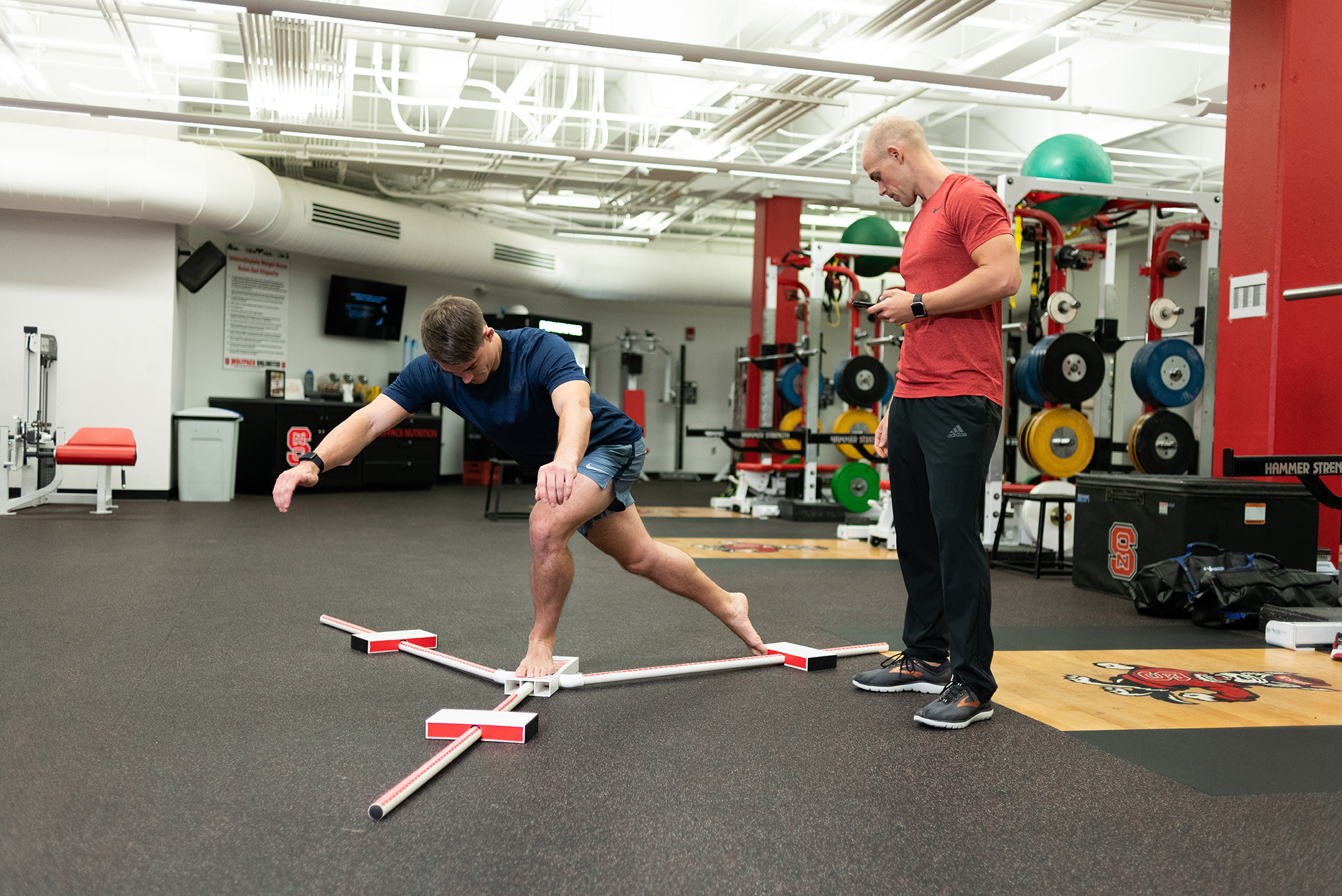
Whether you are a fitness, rehab or performance professional, the he numbers facilitate our communication, objectively mapping where a client is - good or bad. The Y Balance Test removes my bias, no matter how much I like them or how much I want my client to succeed because the numbers don’t lie. And, since it is such a time efficient test, I can communicate frequently and throughout the process of rehab and training. I do not need to wait to use a session in the future for testing. My client and I get immediate feedback, giving me real time feedback to change or support the decision-making process.
So here’s how I use the Y Balance Test:
Pre-Participation Physical:
Researchers have found that asymmetry or a poor composite score on the YBT is predictive of injury. It becomes even more useful when it is combined with other factors such as injury history, scoring of zero or one on an FMS test, YBT composite score and asymmetry.
Effectiveness of intervention:
When I am working with a client, I need to know if my intervention plan is affecting their system in a positive way. While it is great when a client tells me they feel better, I need to know for sure that what we are doing is improving their movement. And, I need to know this real time, not six weeks down the road. If I am doing something that is helping their system, the Y Balance Test will immediately tell me if it is effective.
Return to Sport Readiness:
One of the biggest challenges rehabilitation and strength and conditioning professionals face is returning an athlete to sport in a safe manner. As part of a battery of tests, the Y Balance Test can tell you if a person’s motor control has returned to normal. And, it’s important to remember that we need to test not what is just normal for them, but also if it is normal for their sport/age/sex etc. It is particularly helpful if you have an athlete’ baseline numbers from their pre-participation physical. In those difficult situations, where emotions are high, the YBT makes the call.
The Y Balance Test has the power to remove the guesswork. It gives you answers to all the difficult questions. Is my client improving? Is my client ready for return to sport? Does my client compare to those in their demographic? The test allows me to support my decision-making with proven research. It gives me definitive information about my client’s movement. And, it gives my clients objective feedback to accompany their subjective experience. The test strengthens your conviction, improves the patient’s and your feedback loop, and helps you make the right call.
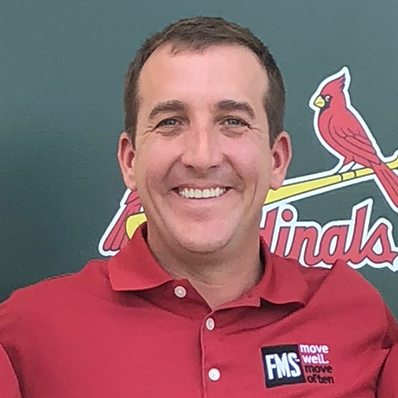 Dr. Plisky is an Associate Professor of Physical Therapy and Sports Residency Program Director at the University of Evansville and ProRehab, where he practices as a physical therapist. He also serves as a consultant for collegiate, professional, industrial, and soldier-athletes to transform their performance and injury prevention systems. He is passionate about changing lives by optimizing performance and preventing injury using a practical, researched-based approach to musculoskeletal health.He received his Master of Physical Therapy degree from the University of Evansville and his Doctor of Science degree in Orthopedic Physical Therapy from Rocky Mountain University of Health Professions. He is a board certified clinical specialist in orthopedics through the American Board of Physical Therapy Specialties, a Certified Athletic Trainer, and a Certified Strength and Conditioning Specialist. He developed the Y Balance Test - a simple yet thoroughly researched way to identify motor control deficits. His peer-reviewed articles have appeared in numerous scientific journals and he serves as a manuscript reviewer for several publications. His current research is focused on comprehensive movement testing and interventions in athletes, military personnel, and school-aged children.
Dr. Plisky is an Associate Professor of Physical Therapy and Sports Residency Program Director at the University of Evansville and ProRehab, where he practices as a physical therapist. He also serves as a consultant for collegiate, professional, industrial, and soldier-athletes to transform their performance and injury prevention systems. He is passionate about changing lives by optimizing performance and preventing injury using a practical, researched-based approach to musculoskeletal health.He received his Master of Physical Therapy degree from the University of Evansville and his Doctor of Science degree in Orthopedic Physical Therapy from Rocky Mountain University of Health Professions. He is a board certified clinical specialist in orthopedics through the American Board of Physical Therapy Specialties, a Certified Athletic Trainer, and a Certified Strength and Conditioning Specialist. He developed the Y Balance Test - a simple yet thoroughly researched way to identify motor control deficits. His peer-reviewed articles have appeared in numerous scientific journals and he serves as a manuscript reviewer for several publications. His current research is focused on comprehensive movement testing and interventions in athletes, military personnel, and school-aged children.
Related Resources
-
Y Balance Test: A Missing Link
Posted by FMS
-
What is the Y-Balance Test
Posted by Kyle Barrow
Please login to leave a comment
1 Comments
-
Scott Jones 11/14/2018 7:42:58 PM
Agreed, Phil - and thanks for putting a fine point on the different "hows" for use. As you mentioned, sometimes emotions do get high, especially with high school athletes and their parents. I've found the YBT particularly useful with those conversations. An impartial objective measure is far more effective than professional opinion. Motor control at the limits of stability in real time. Great stuff.



